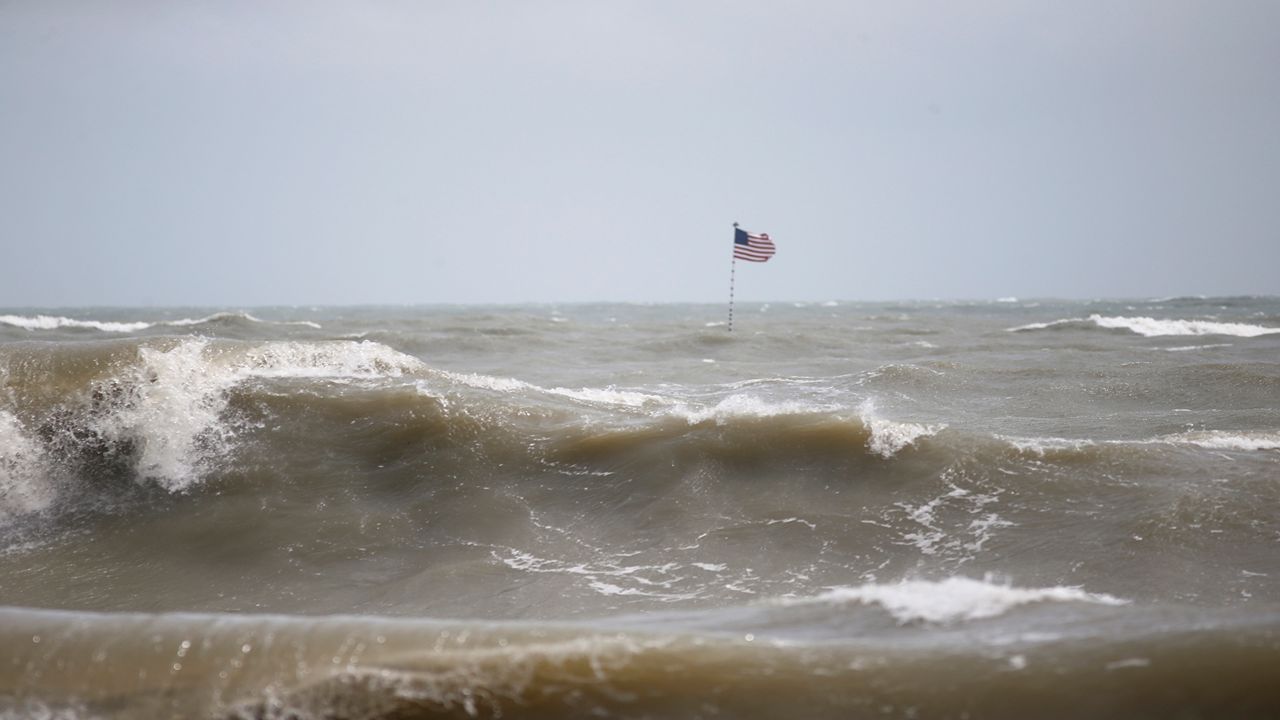The Madden-Julian Oscillation (MJO) is a major player in the weather around the world.
What You Need To Know
- The MJO is a major global weather player
- It circles the globe in 30-60 day intervals
- Different MJO phases can have tangible weather impacts
While it may not be common knowledge to the lay-person, the goings-on in the tropics has a huge impact on the weather in the Lower 48 and other mid-latitude locations. In terms of the overall weather pattern, the tropics, due to the huge amount of latent heat in that region, really 'drives the ship.'
You probably have heard of El Niño and La Niña, which deal with temperature deviations from normal in the equatorial Pacific Ocean. But have you heard of the MJO, or Madden-Julian Oscillation?
The state of the MJO actually plays a huge role in the weather pattern in our neck of the woods, and can also be a large determining factor as to whether the Atlantic Basin is more or less favorable for tropical development.
So first of all, what is the MJO? Essentially, it is an eastward-moving area of increased uplift (resulting in more rainfall and winds) that circles the globe in the tropics. In general, it takes this disturbance 30-60 days to circle the globe and return to its starting point.
There are two phases associated with the MJO: a convective (enhanced rainfall) phase, and a suppressed rainfall phase. These phases normally cover roughly half the globe, so the result is roughly half the planet sees enhanced rain and storms and half the planet sees suppressed rain and storms.
Again, these effect will gradually work their way toward the east around the globe.

The MJO is classified into eight phases, based on where the enhanced convective effects are occurring geographically. The image below shows where the areas of enhanced rainfall typically occur with each phase.

The phase of the MJO can play a large role in the tangible weather in the Lower 48. For instance, phases 3 and 4 are often associated with subsequent arctic outbreaks in the eastern U.S. in winter.
The phase of the MJO can also play a significant part in tropical development. Phases 1 and 2 tend to favor a general upward vertical motion in the Atlantic Basin, which is more favorable for convection and the survival of tropical waves.
The science surrounding the MJO continues to evolve, and as we continue to learn more about the MJO and its influences, better long-term forecasts should result.



